Why are cast aluminum rotor motors so widely accepted?
According to the material characteristics of the motor rotor slots, there are wound rotors, cast aluminum rotors and permanent magnet rotors. In comparison, cast aluminum rotors are the most widely used, of course, due to some cost and process advantages of this type of rotor.
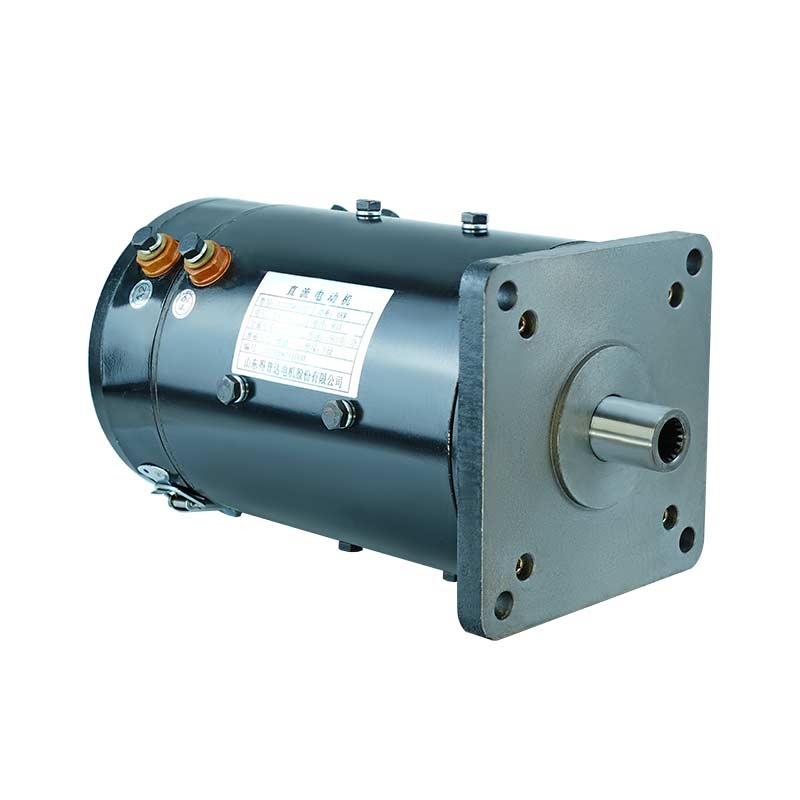
The slot shape of the cast aluminum rotor is not limited by the profile, and the best slot shape can be selected at will to improve the starting performance of the motor; the rotor copper bar accounts for about 40% of the copper used in the entire motor. The use of cast aluminum rotors can greatly reduce the material cost of the motor; cast aluminum conductors fill the entire rotor slot, and the slot fill rate is close to 100%, which is conducive to heat dissipation; the rotor blades and end rings are cast together to increase the heat dissipation capacity, without the need for additional fans, and some processing procedures are omitted; the cast aluminum rotor structure is symmetrical and compact, and the balance column and end rings are cast together, which is easy to achieve mechanical balance; the production cycle is short, the working hours are less, the cost is low, and it is suitable for mass production.
However, cast aluminum rotors are not a panacea. For example, for high-efficiency, high-power motors, copper bar rotors or cast copper rotors may be required.
The quality of punching directly affects the quality of core press-fitting. Uneven groove shape will affect the quality of wire embedding. Excessive burrs, excessive tooth size, and the dimensional accuracy and tightness of the core will affect the magnetic conductivity and loss.
● Quality problems of punching. The size of the teeth on the punching is out of tolerance, which leads to uneven magnetic density of the stator and rotor teeth, resulting in increased excitation current, increased iron loss, low efficiency and low power factor.
●Accuracy of the punching sheet size. The punching sheet size accuracy, coaxiality, slot position accuracy, etc. can be guaranteed from the silicon steel sheet, die, punching plan and punch press. From the die aspect, reasonable clearance and die manufacturing accuracy are necessary conditions to ensure the accuracy of the punching sheet size.
●The dividing plate is inaccurate. The position and size of the teeth on the plate are inconsistent due to wear, so the groove pitch on the punching sheet is different, resulting in different tooth pitches.
●The rotating mechanism of the notching machine cannot work normally. For example, changes in clearance, lubrication, friction, etc. will cause changes in the rotation angle and affect the uniformity of the punching slot position.
● The positioning mandrel for the punching sheet is worn and reduced in size, which will cause the radial displacement of the slot position, making the slot shape uneven when the core is laminated, and causing mechanical imbalance in the rotor punching sheet.
●The wear of the key on the spindle will also cause the slot to shift. The wear of the key increases the gap between the key and the keyway of the punch, resulting in the shift of the slot. The amount of shift increases with the increase of the punch diameter. If the outer circle positioning is used, this shift will not occur, and the quality of the punch is better than that of the shaft hole positioning.
● Burrs. Burrs can cause short circuits between core sheets, increase iron loss and temperature rise. The presence of burrs can reduce the number of punching sheets, increase the excitation current and reduce efficiency. Burrs in the slots can damage the insulation of the winding and cause the teeth to bulge outward. If the burrs at the rotor shaft hole are too large, it may cause the hole size to shrink or become elliptical, making it difficult to press the core onto the shaft.
If the gap between the punch and die is too large, the die is not installed correctly, or the die edge is blunted, the punch will produce burrs. To reduce burrs, the gap between the punch and the die must be strictly controlled during mold manufacturing; the gap between each side must be uniform during die installation; the normal operation of the die must be ensured during punching, the size of the burrs must be checked frequently, and the edge must be sharpened in time.
●The punching sheets are not smooth and clean. When the punching sheets have ripples, rust, oil, dust, etc., the press-fit coefficient will be reduced. The length should be controlled during press-fitting. Reducing the sheet too much will make the core weight insufficient, the magnetic circuit cross-section will be reduced, and the excitation current will increase. If the insulation of the punching sheets is not well treated or managed, the insulation layer will be damaged after press-fitting, causing the core to short-circuit and the eddy current loss to increase.



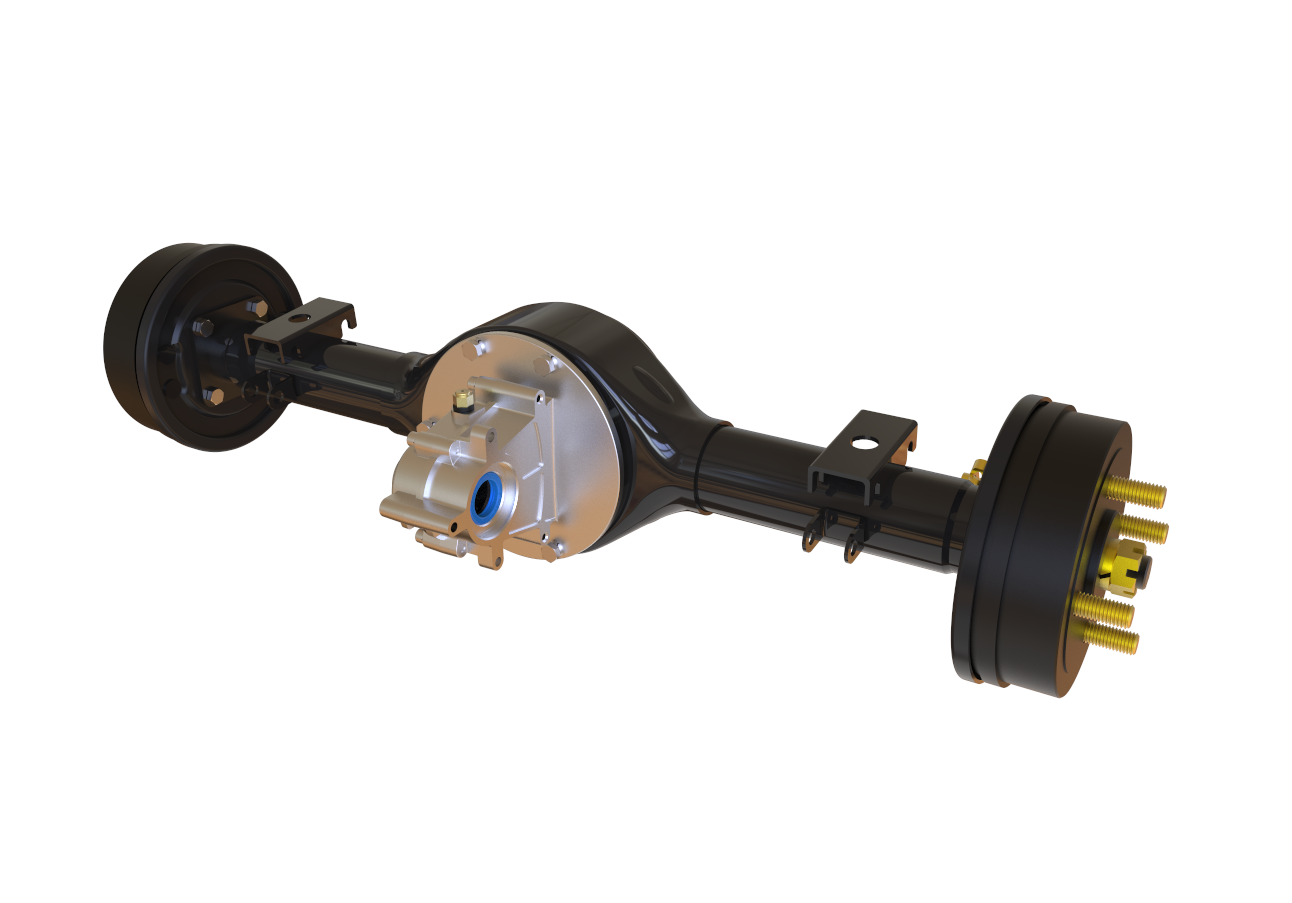
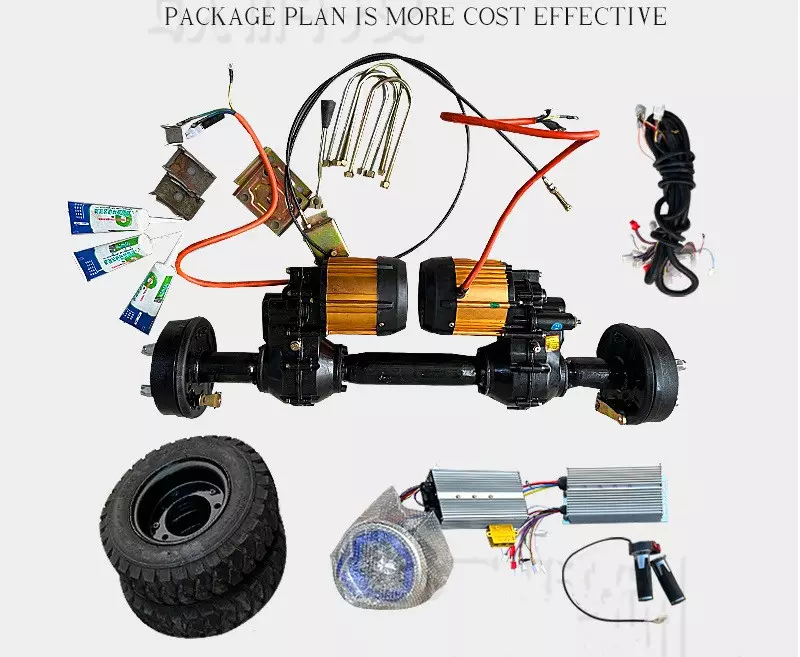

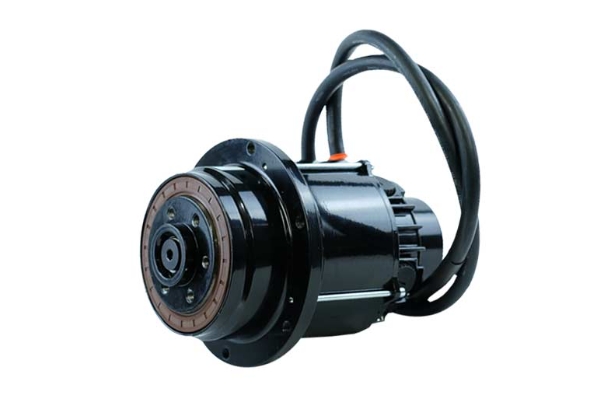
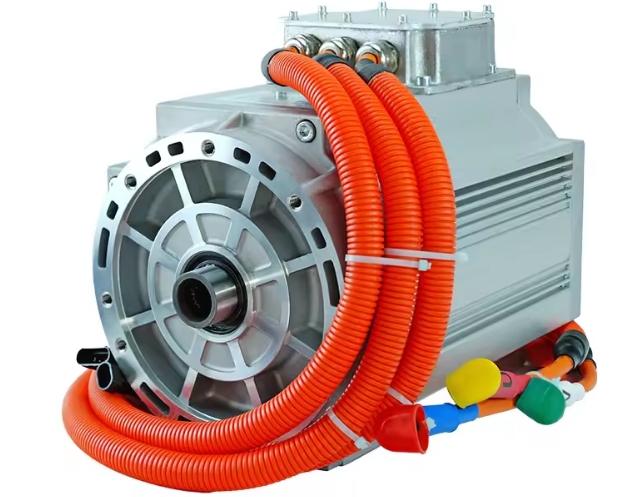
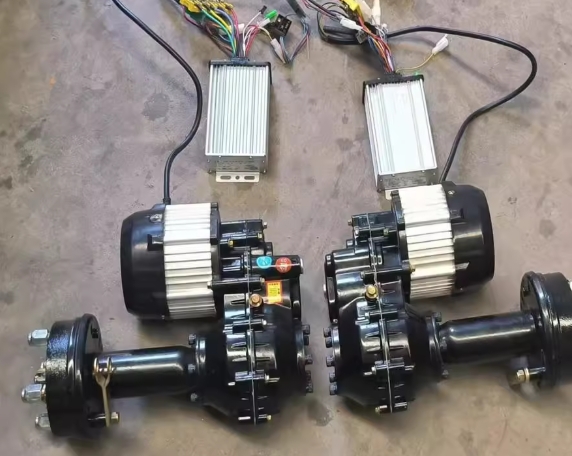
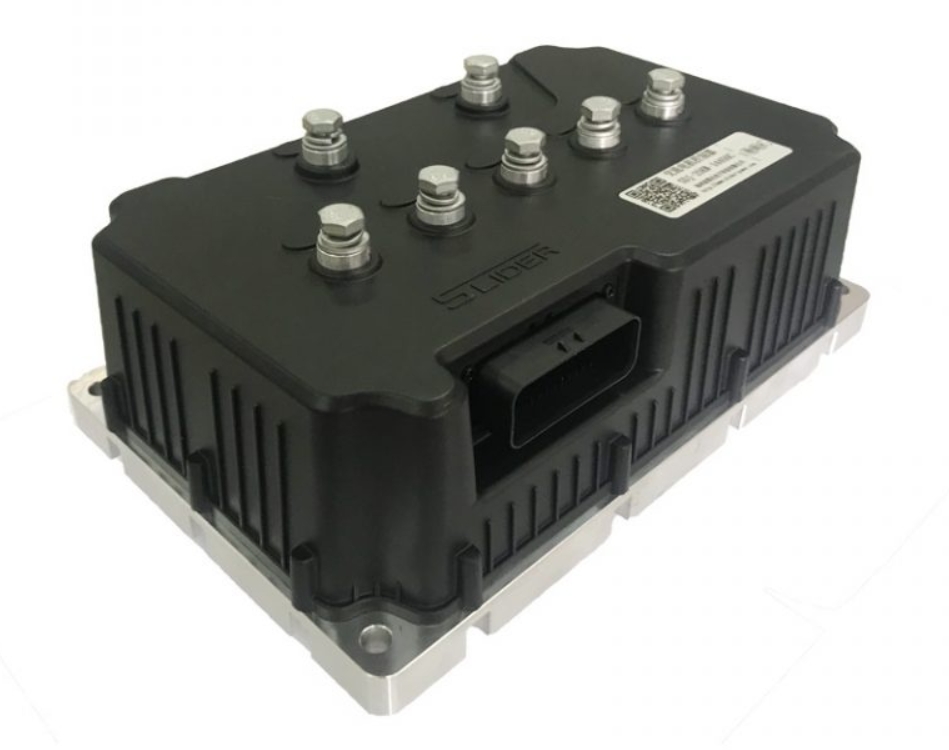

















 XINDA
XINDA